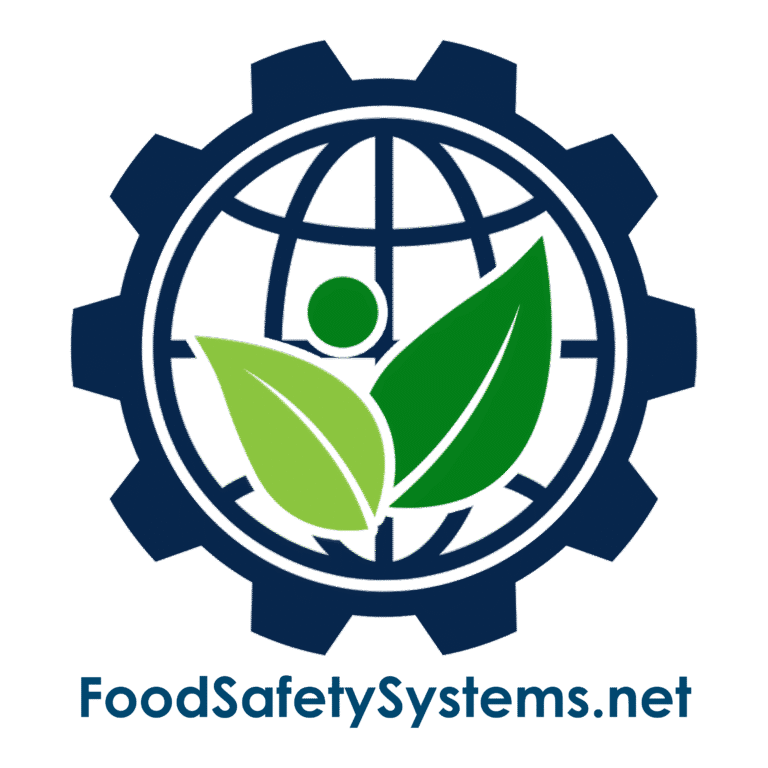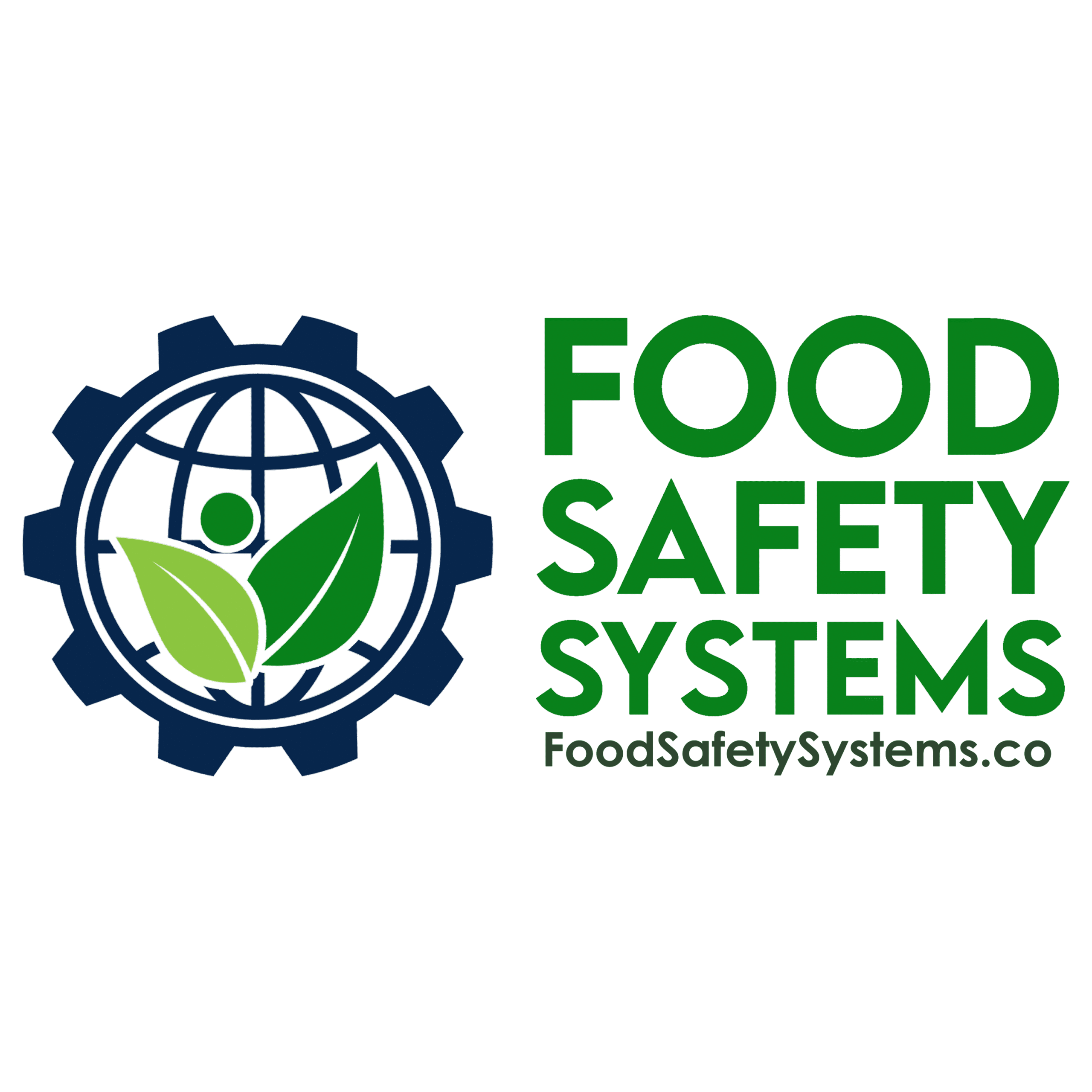Process Monitoring & Control

Aligned with FSSC 22000 Requirements
Requirement Overview
FSSC 22000 requires that processes critical to food safety, legality, and quality are monitored and controlled to ensure that products consistently meet defined specifications. Monitoring activities must be based on risk, capable of detecting loss of control, and supported by accurate records and timely corrective actions.
Effective process control ensures consistency, minimizes variation, and protects the safety and integrity of food products throughout manufacturing.
Aligned with BRCGS for Storage & Distribution Issue 4 – Clause 4.3.1 & 4.3.3
Requirement Overview
BRCGS for Storage & Distribution requires that products moved via cross-docking are traceable and controlled at all times, even when they are not held in storage for extended periods.
Clause 4.3.1: “The company shall ensure that traceability is maintained at all stages, including during cross-docking operations.”
Clause 4.3.3: “Procedures shall be in place to ensure that all products handled, including those not stored on-site, remain under control and are not subject to contamination or substitution.”
Cross-docking operations must not compromise product traceability, safety, or integrity. Even with minimal handling and temporary presence, each product must be accurately identified, documented, and protected.

Key Compliance Objectives
-
✓ Maintain process parameters that ensure product safety and quality
✓ Detect deviations promptly to prevent unsafe or non-compliant product
✓ Verify that control measures are functioning as intended
✓ Document monitoring results, deviations, and corrective actions
Step-by-Step Compliance Implementation
1. Identify Critical Process Parameters
-
Parameters may include:
-
• Time, temperature, pH, weight, metal detection, flow rate
• CCPs (Critical Control Points) and OPRPs (Operational Prerequisite Programs)
• Approved process specifications and tolerances
Evidence to Maintain:
-
• Process flow diagrams with control points
• Product specification sheets
• Approved parameter limits and monitoring procedures
- • Time, temperature, pH, weight, metal detection, flow rate • CCPs (Critical Control Points) and OPRPs (Operational Prerequisite Programs) • Approved process specifications and tolerances
- • Process flow diagrams with control points • Product specification sheets • Approved parameter limits and monitoring procedures
2. Monitor the Process Consistently
-
Monitoring requirements:
-
• Use calibrated instruments and trained personnel
• Set frequency based on risk and process sensitivity
• Record each monitoring check clearly, in real-time, and completely
Evidence to Maintain:
-
• Completed monitoring logs or electronic records
• Calibration certificates of measurement tools
• Staff training and competency records
- • Use calibrated instruments and trained personnel • Set frequency based on risk and process sensitivity • Record each monitoring check clearly, in real-time, and completely
- • Completed monitoring logs or electronic records • Calibration certificates of measurement tools • Staff training and competency records
3. Respond to Deviations Immediately
-
Deviation response steps:
-
• Identify the cause and extent of deviation
• Quarantine or hold affected product until assessment
• Implement corrective and preventive actions (CAPA)
• Investigate root cause and update procedures as needed
Evidence to Maintain:
-
• Deviation and corrective action reports
• Product disposition records
• Updated process SOPs or monitoring protocols
- • Identify the cause and extent of deviation • Quarantine or hold affected product until assessment • Implement corrective and preventive actions (CAPA) • Investigate root cause and update procedures as needed
- • Deviation and corrective action reports • Product disposition records • Updated process SOPs or monitoring protocols
4. Validate and Verify Control Effectiveness
-
Verification activities may include:
-
• Internal audits and supervisory checks
• Trend analysis of process data
• Review of CCP verification logs
Evidence to Maintain:
-
• Internal audit reports and completed checklists
• Process performance graphs or summaries
• CCP verification documentation
- • Internal audits and supervisory checks • Trend analysis of process data • Review of CCP verification logs
- • Internal audit reports and completed checklists • Process performance graphs or summaries • CCP verification documentation
Common Audit Findings & Recommended Fixes
| Audit Finding | Recommended Action |
|---|---|
| Incomplete or missing monitoring logs | Train staff on proper record-keeping; use pre-approved templates |
| No defined limits for key parameters | Set clear specifications supported by scientific justification |
| Delayed or undocumented corrective action | Implement immediate reporting and CAPA documentation protocol |
| Equipment not calibrated | Establish and maintain a calibration schedule for all instruments |
Auditor Verification Checklist
During an FSSC 22000 audit, be prepared to present:
-
• Defined process parameters and supporting justification
• Monitoring records for CCPs, OPRPs, and other controls
• Calibration and maintenance logs for monitoring equipment
• Evidence of timely corrective actions and verification activities
Implementation Roadmap
Build and Document Your System
-
✓ Identify control points in the process flow
✓ Define process limits and monitoring frequencies
Train and Equip Your Team
-
✓ Train operators and QA personnel on monitoring procedures
✓ Calibrate and verify monitoring instruments regularly
Monitor and Record
-
✓ Maintain detailed, real-time monitoring records
✓ Address deviations with documented corrective actions
Verify and Improve
-
✓ Analyze monitoring trends and deviations
✓ Update controls, SOPs, or equipment where needed
Why This Matters?
-
✓ Ensures that food safety controls function effectively
✓ Prevents non-conforming products from reaching customers
✓ Demonstrates due diligence and compliance with FSSC 22000
✓ Builds confidence with auditors, customers, and regulators
Support Tools Available
Food Safety Systems provides:
-
✓ Process control and CCP monitoring SOP templates
✓ Calibration tracking and verification logs
✓ Corrective action report forms
✓ Training materials for QA and production staff
Privacy Policy | Terms of Service
Powered by interlinkIQ.com, Developed by ITBlaster.net, Owned and Operated by Consultare Inc. Group, A Compliance Company. All Rights Reserved.







